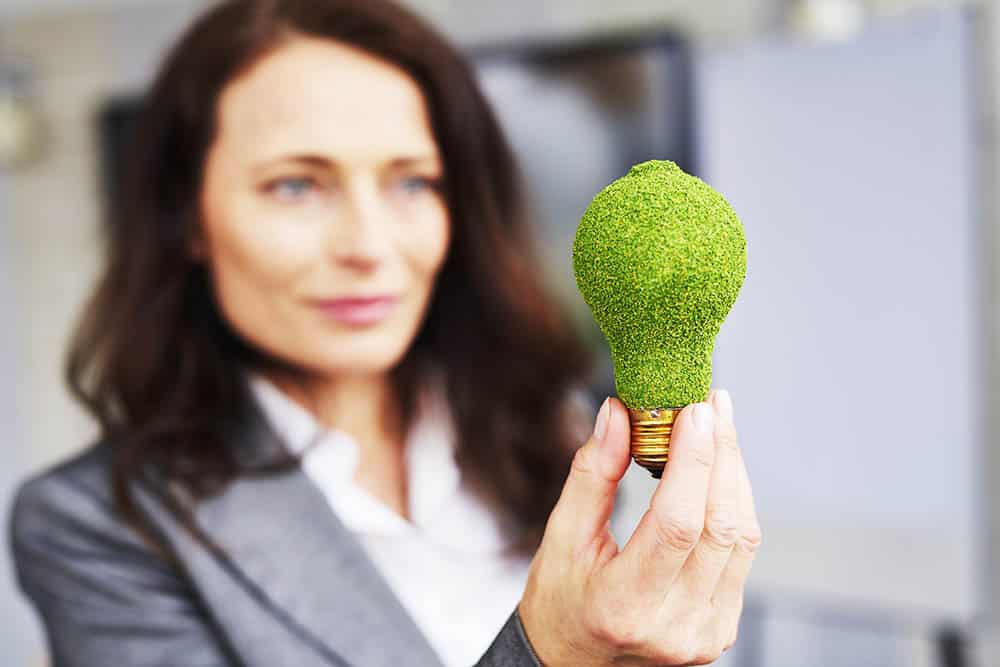Why Joining the Circular Economy is Essential for a Sustainable Future
Sustainability has become one of the most popular buzzwords of the 21st century, and for good reason. With climate change posing an ever-increasing threat to our way of life, businesses and individuals alike are realizing the importance of implementing sustainable practices into their everyday lives. One of the most promising concepts gaining traction today is that of Circular Economy.
The idea behind the Circular Economy is simple yet revolutionary: instead of following the linear model of «take, make, use, and dispose of», we aim for a system where waste is minimized, resources are used to their fullest potential, and products/materials are reused or repurposed. This allows us to reduce our environmental impact while creating economic and social benefits for all.
How Circular Economy Works
In the Circular Economy, waste is seen as a resource. This idea goes beyond just recycling old materials – it encourages companies and individuals to redesign the way products are made and used to prevent waste and pollution in the first place.
For example, a company might design a product that can be easily taken apart and reused when it is no longer needed. Materials that would normally be thrown away, like plastics or glass, can be collected, sorted, and sent back to the manufacturer to be used as raw materials for new products. This creates a closed-loop system where products and materials are reused, and resources are conserved.
Another aspect of the Circular Economy framework is the sharing economy, where individuals or companies share resources like tools, equipment, and even living spaces. For instance, instead of buying a power drill that will be used only occasionally, one can rent it from a tool-sharing company. Sharing economy not only saves resources and money but helps create a sense of community that fosters sustainable living.
The Benefits of the Circular Economy
There are several advantages of a Circular Economy for both businesses and the environment.
Environmental Benefits:
– Reduced resource consumption: In a Circular Economy, raw materials and natural resources are conserved, and waste is minimized, meaning less strain on the environment.
– Reduced greenhouse gas emissions: By eliminating waste and reusing materials, less energy is needed to create new products. This reduces the amount of carbon and other greenhouse gases released into the atmosphere.
– Reduced pollution: Reducing waste and reusing materials means less pollution created during the production process or disposal of materials.
Economic Benefits:
– Reduced costs: Companies that adopt Circular Economy principles can save on multiple fronts, including raw material costs, reduced waste disposal costs, and reduced energy costs.
– Stimulated innovation: The Circular Economy requires innovations in product design, material science, and more. This can foster new market opportunities for are sustainable and can help businesses stay ahead of the curve.
– Protected supply chains: Shifting toward a circular model can help businesses protect against supply chain disruptions by reducing dependence on scarce resources and materials.
How to Embrace the Circular Economy
There are different ways for businesses and individuals to start embracing the Circular Economy. Here are some tips to get started:
For Businesses:
– Redesign products: Re-designing products using Circular Economy principles can reduce waste, make it easier to reuse materials, and create new market opportunities.
– Investigate new business models: Explore new business models such as product as a service, whereby you retain ownership of a resource while a customer pays to use it, can help to keep resources in use for longer.
– Implement a closed-loop supply chain: Work with suppliers to create a closed-loop supply chain where products or materials can be reused as much as possible.
For Individuals:
– Reduce waste: Reduce your waste production by opting for products with less packaging, and segregating waste into recyclable and compostable bins.
– Consider the sharing economy: Use collaborative consumption platforms that allow you to share resources such as cars, accommodation, or tools.
– Choose sustainable products: Opt for durable products that can be repaired, upgraded, or reused.
Conclusion
The Circular Economy represents an opportunity for all of us to make a positive impact on the environment while also creating economic and social benefits. By embracing this new model of sustainable production and consumption, we can protect the planet’s natural resources for generations and create a healthier and thriving future. Joining the revolution may not be easy, but it is necessary, and every small step towards circularity counts.
